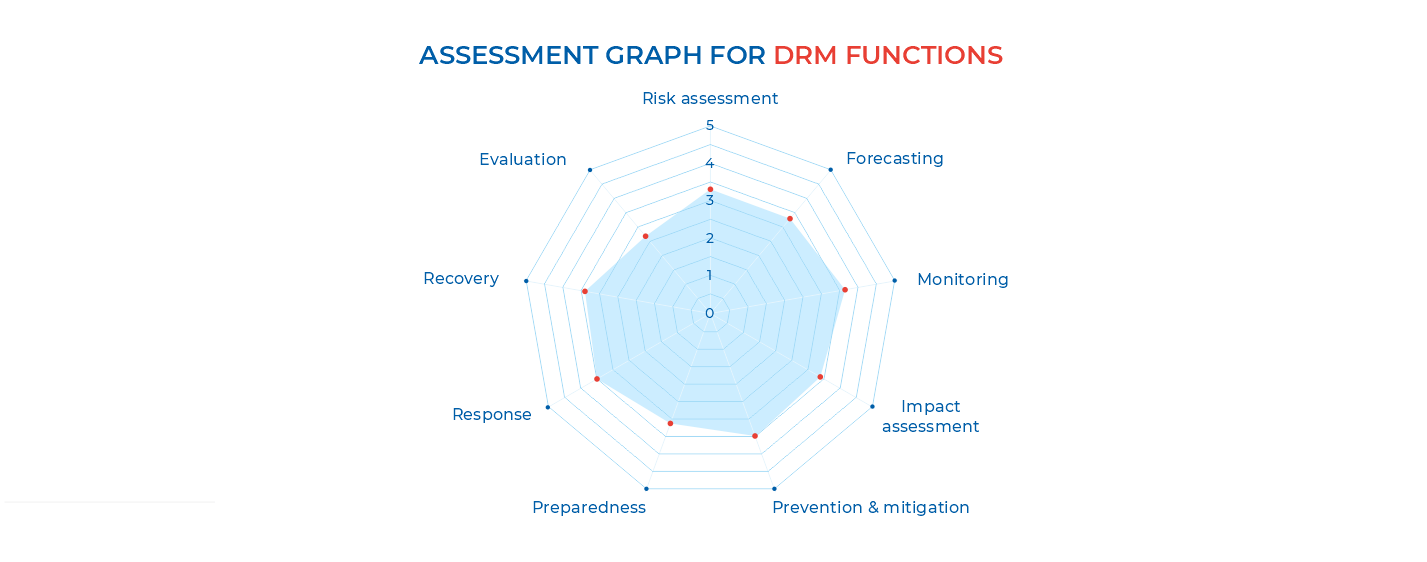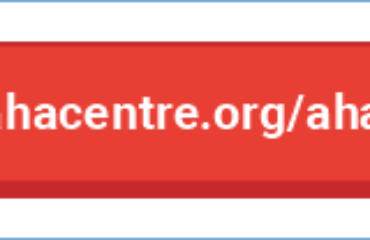
LACER INTRODUCES A STRATEGIC TOOL FOR ENHANCING DISASTER MANAGEMENT IN THE AHA CENTRE AND BEYOND
The EU-funded LACER project aims to sharpen procedures for strategic planning and programming in ASEAN´s disaster management capacities. The disaster risk management (DRM) tool used by LACER is intended to support the elaboration of plans for capacity development projects and to assess the strengths and weaknesses of DRM systems in any part of the world. Peter Månsson, after obtaining a PhD in disaster risk management, was recruited to the project in 2021, bringing with him the methodology originally developed at Lund University and subsequently adopted by the Swedish Civil Contingencies Agency (MSB).
Aside from assessing the disaster management capacities of the AHA Centre, the tool can support the mapping of external support and the existing institutional framework. Moreover, it may be used for assessing and comparing disaster management capabilities of ASEAN Member States. Such an overview would enable the AHA Centre to guide the Member States toward developing specific disaster management abilities. This would not only benefit members but allow the AHA Centre to play a pivotal role as a mediator of cross-border collaboration and peer-to-peer learning, while strengthening disaster management capabilities across the region.
Figure 1. Key functions of DRM-systems and some of their interdependencies

Protecting human values and learning from disasters
The DRM tool is a refinement of a method for assessing community resilience, which further builds on an established theory of resilience engineering and the four cornerstones of resilience.1
The purpose of DRM systems is to protect what human beings value and, to achieve that, the systems need to anticipate, recognize, adapt to and learn from disasters and other types of disturbances to societal safety. DRM systems need to be able to perform a set of functions where anticipation is ensured through the functions of risk assessment and forecasting. To recognize when disasters are about to occur, or have happened, we need the functions of monitoring and impact assessments. To adapt societies to safeguard what humans value, we utilize the proactive functions of prevention/mitigation and preparedness as well as the reactive functions of response and recovery. Finally, to continuously learn and develop safer societies, we need the function of evaluation to enhance the impact of DRM systems.
These functions are not only vital in themselves, but also dependent on each other in such a way that the performance of one function requires the output from another function, e.g. to warn the public to take shelter against a coming cyclone necessitates information from forecasting or weather monitoring.
Figure 3. Column type graphs are useful for comparing various organizations and realize who may learn from whom relative to these functions.

Using the tool for capacity assessments
While these functions are general for all DRM systems in the world, the specifics of how they are implemented, by who and with what resources vary greatly from country to country. Assessing the capacity to perform each function in a specific country entails analyzing what actually exists in that context in order for each function to work. To do this in the ASEAN context, the LACER project developed a survey that contains a number of statements related to these factors, which need to be assessed for each function for a comprehensive analysis of capacities of the DRM system. The results of the survey may be visualized with the help of a “spider graph”, which shows where the prerequisites for performing the functions are adequate or may be improved (Fig. 2). The traceability of the tool enables the user to identify which aspects are judged to be substandard and need to be developed in order to enhance the performance of a specific function.
In addition, the tool may be used to compare assessments of different organizations with each other. For example, assessments of various national disaster management organizations (NDMOs) may reveal who can learn from others regarding a specific DRM function. Such an overview could provide the AHA Centre a means for instigating and facilitating cross-border collaboration in support of proactive disaster management to the benefit of the region at large.
Yet, graphs of ten different NDMOs would make a spider chart cluttered and the information hard to distinguish. Hence, for comparisons across organizations it is better to use one chart per function and bar graphs, where the NDMOs are shown as different columns on the x-axis and their capabilities on the y-axis (see Fig. 3).
Figure 3. Column type graphs are useful for comparing various organizations and realize who may learn from whom relative to these functions.

Using the tool for mapping institutional frameworks and donor support
During the fall of 2021, the tool was used by the LACER project for two additional purposes: to attain overviews of 1) the institutional framework of the AHA Centre and 2) the support it receives from external partners.
In the first case, legislative requirements, guidelines and standard operating procedures of the AHA Centre and the EU Civil Protection Mechanism were compared. In the latter case, the tool was used to analyze all support received by the AHA Centre from external agencies and donors, by looking through the lens of capability for each function.
Importantly, the AHA Centre receives support from 31 external agencies. The results, however, suggest that external support is unevenly distributed over the functions, with certain functions such as Preparedness, Response and Recovery receiving the lion´s share of support and interest from external funders whilst other functions such as forecasting and impact assessment receive little attention. Since the nine general functions are mutually dependent, it makes sense for a DRM organization pursuing a balanced approach in terms of institutional frameworks and support from external partners. Depending on the outputs of capacity assessments, an organization may opt to seek greater external support for some particular functions. Such imbalances, however, should be based on thorough assessments and conscious strategic decisions rather than ad hoc opportunities for funding.
Having a sound understanding of one’s own deficiencies and development needs shows strategic depth and indicates the presence of a serious partner that has a clear idea about which capabilities need to be addressed to become an even stronger player in the field of disaster management. The tool described here is a means to this end.

1 The theoretical basis of the tool is described in Becker, P., Abrahamsson, M., & Tehler, H. (2014). An emergent means to assurgent ends: Societal resilience for safety and sustainability. In C. P. Nemeth, & E. Hollnagel (Eds.), Resilience Engineering in Practice, Volume 2: Becoming Resilient (pp. 1-12). Boca Raton: CRC Press.
Written by: Dr. Peter Månsson, LACER Organisational Development Expert.


